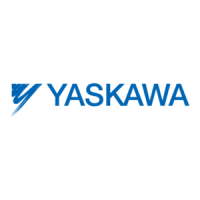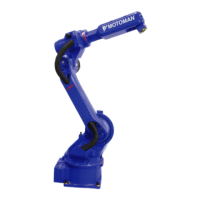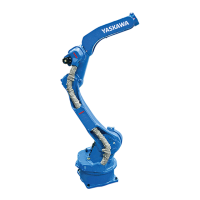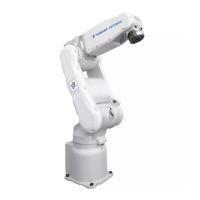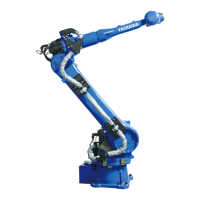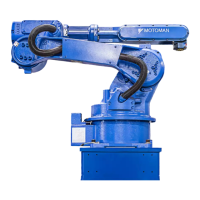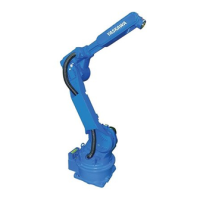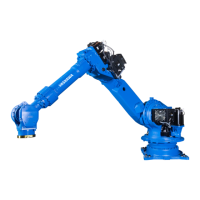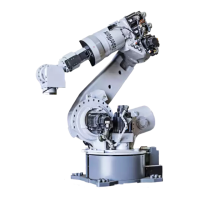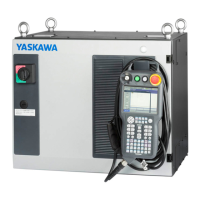1 Safety
DX100 1.1 For Your Safety
1-1
1 Safety
1.1 For Your Safety
Robots generally have requirements which are different from other
manufacturing equipment, such as larger working areas, high-speed
operation, rapid arm movements, etc., which can pose safety hazards.
Read and understand the instruction manuals and related documents, and
observe all precautions in order to avoid the risk of injury to personnel and
damage to equipment.
It is the user’s responsibility to ensure that all local, state, and national
codes, regulations rules, or laws relating to safety and safe operating
conditions are met and followed.
MANDATORY
• Teaching maintenance of the robot must conform to:
– Industrial Safety and Health Law
– Enforcement Order of Industrial Safety and Health Law
– Ordinance of Industrial Safety and Health Law
Other related laws are:
– Occupational Safety and Health Act in USA
– Factory Act (Gewerbeordnung) in Germany
– Health and Safety at Work, etc. Act in UK
– EC Machinery Directive 98/37/EC
• Prepare
– SAFETY WORK REGULATIONS
based on concrete policies for safety management complying with
related laws.
• Observe
– JIS B 8433-1:2007
(ISO 10218-1:2006)
– INDUSTRIAL ROBOT- SAFETY REQUIREMENTS
for safe operation of the robot. (Japan Only) (JIS B 8433)
• Reinforce the
– SAFETY MANAGEMENT SYSTEM
by designating authorized workers and safety managers, as well as
giving continuing safety education.
• Teaching and maintaining the robot are specified as "Hazardous
Operations" in the Industrial Safety and Health Law (Japan only).
Workers employed in these above operations are requested to attend
special training offered by YASKAWA.

